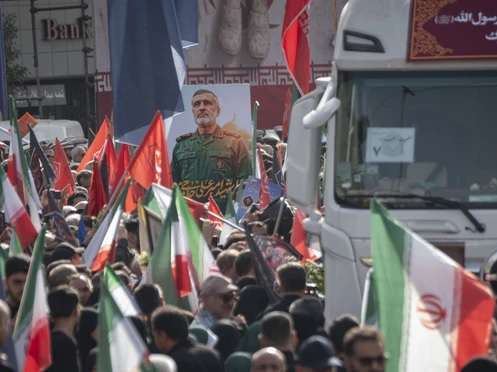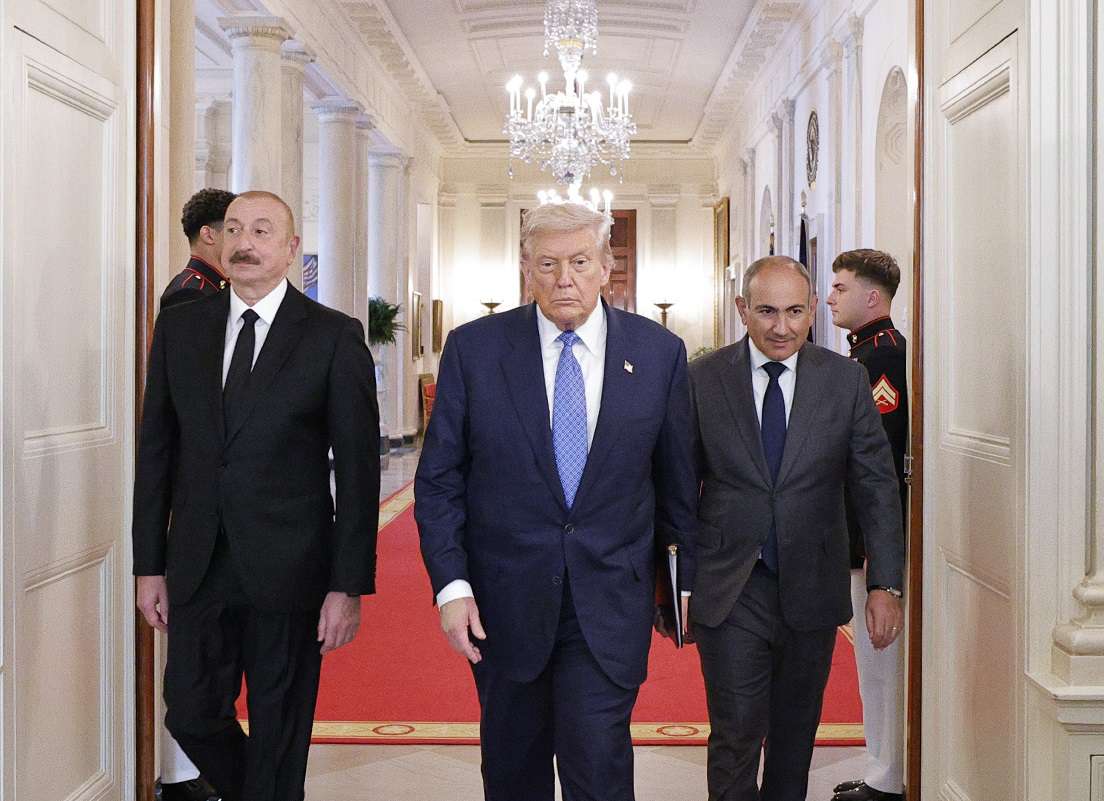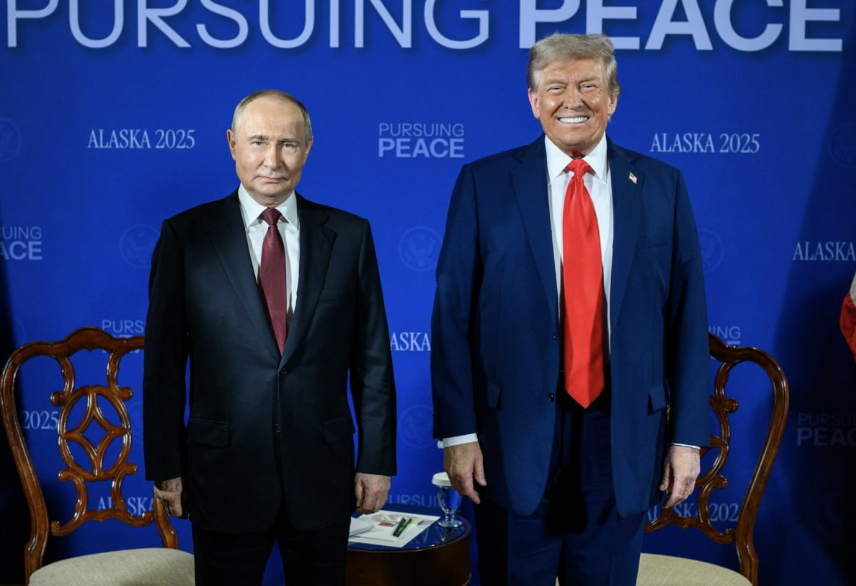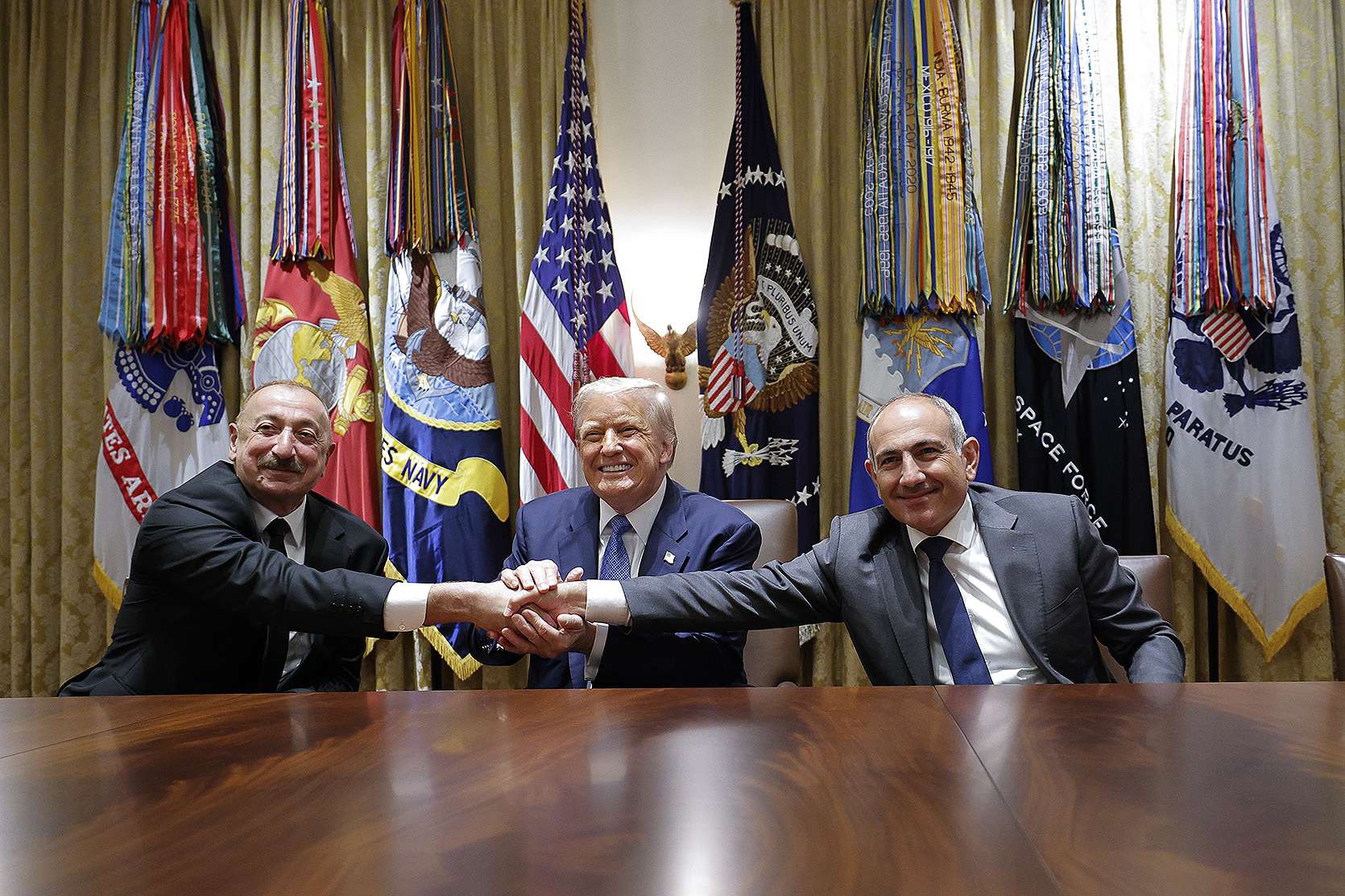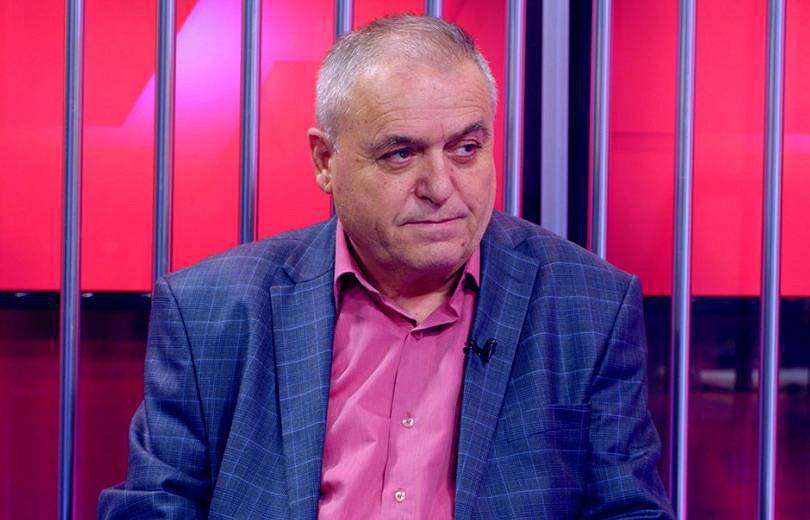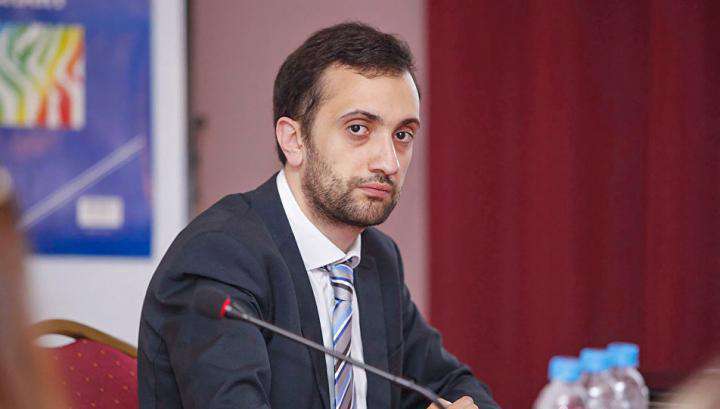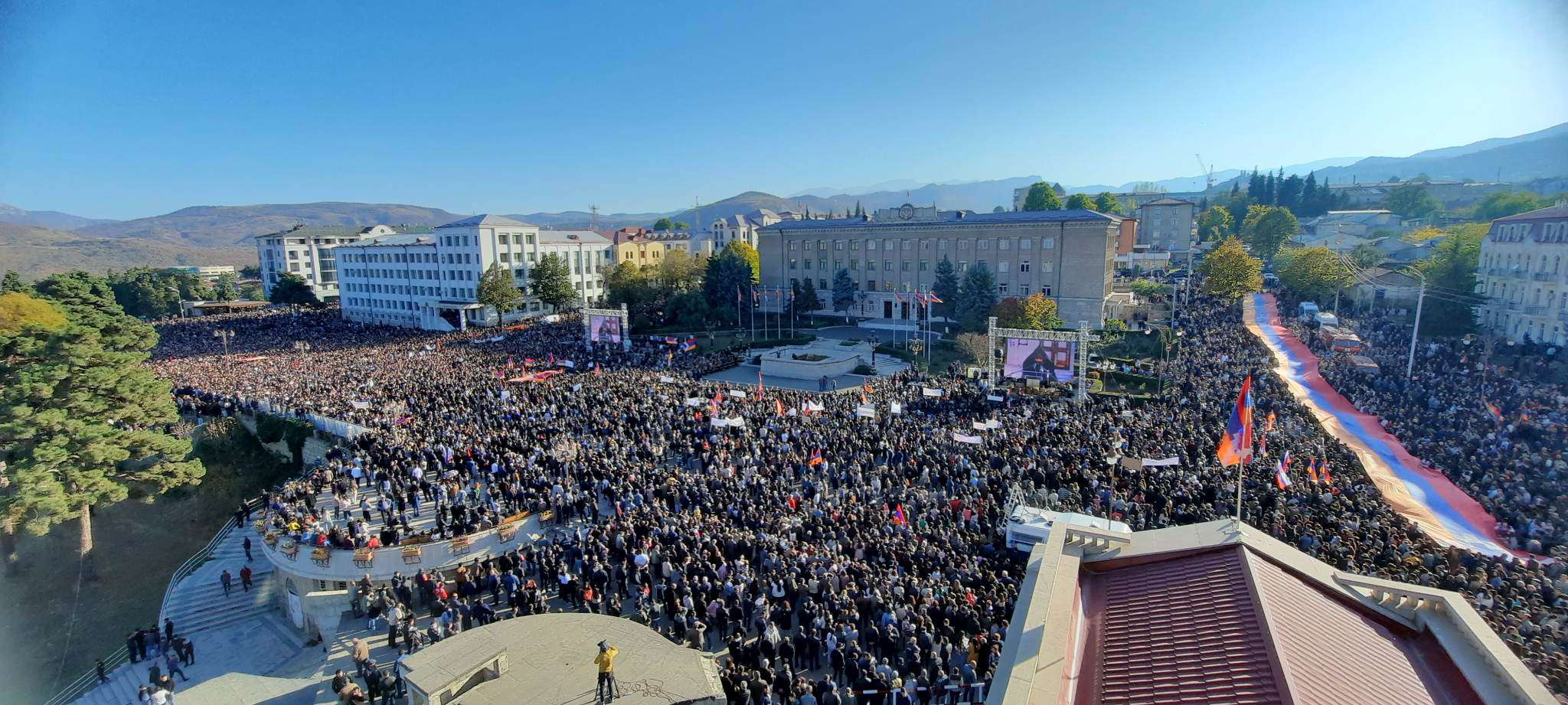Eldar Mammadov, a non-resident fellow at the Queens Institute and a Brussels-based foreign policy expert, has published an analytical article on the Responsible Statecraft website titled “Regime Change, Dismemberment of Iran: Washington’s Dangerous Tendencies.”
Radar Armenia presents an edited version with some cuts and corrections.
Washington’s Dangerous Tendency in Foreign Policy
The Washington foreign policy establishment has a dangerous tendency to dismember states that are considered adversaries. Currently, neoconservative centers such as the Washington-based Foundation for Policy Defense (FDD) and some members of the European Parliament are openly promoting the dismemberment of Iran. This strategy is considered unwise, as it could deepen instability in the Middle East, lead to humanitarian crises, and provoke stiff resistance from both Iran and the US partners.
Promoting the idea of Iran’s dismemberment
During the June 2025 military confrontation between Israel and Iran, Brenda Shaffer of the FDD argued that Iran’s multi-ethnic composition is a vulnerability that can be exploited. Shaffer, who has been a vocal supporter of Azerbaijan in the US media, has not disclosed her ties to Azerbaijan’s state oil company, SOCAR. She has for years promoted separatism among Iran’s ethnic groups, particularly the Azeris, the country’s largest non-Persian group, by likening it to the collapse of Yugoslavia.
Shaffer’s views are consistent with an editorial in the Jerusalem Post that, in the wake of Israel’s recent strikes on Iran, called on US President Donald Trump to accept the dismemberment of Iran. The editorial suggested creating a “Middle East coalition” and providing security guarantees to the Sunni, Kurdish, and Baluchi regions for secession. The same outlet called for support for the secession of the Azerbaijani-populated areas of northwestern Iran, the so-called “South Azerbaijan.”
The foreign affairs spokesman for the center-left liberal group in the European Parliament organized a meeting to discuss the “future” of Iran and the prospects for an uprising against the Islamic Republic. The only Iranian speakers at the meeting were separatists from the Azerbaijani and Ahvaz regions of Iran, which reveals a separatist agenda. In 2022, the European Parliament severed ties with official Iranian authorities, becoming a platform for radical opposition groups such as monarchists, the MEK, and ethnic separatists.
National unity and resistance in Iran
Iran is a nation of 90 million people with a deep historical and cultural identity, not a fragile mosaic state. While proponents of partition focus on Iran’s ethnic diversity (Azerbaijanis, Kurds, Baluchis, Arabs), they underestimate the unifying power of Iranian nationalism. As scholar Shervin Malekzadeh notes in the Los Angeles Times, Iranian politics is based on a persistent national identity that “reaches back to immemorial times.” This nationalism is a competitive arena for various ideologies, from monarchist to Islamist to leftist.
External pressures, from sanctions to war, have reinforced this unity. The idea of partitioning Iran is a dangerous fantasy that ignores the failures of pro-Israel neoconservatives’ plans in Iraq and Syria, which have led to chaos.
Ignorance of Iran’s Internal Dynamics
Proponents of partition, like Shafer, demonstrate a profound ignorance of Iran’s internal realities. Shaffer welcomed the Israeli airstrikes on Tabriz, the cultural and economic center of Iranian Azerbaijan, expecting that external pressure would lead to a separatist uprising. However, the Israeli strikes have had a “reconciliation around the flag” effect, as Iranian Azerbaijanis are deeply integrated into Iran’s national fabric. The country’s top officials, Supreme Leader Ayatollah Ali Khamenei and President Massoud Pezeshkian, are ethnic Azeris.
The Reality of Tabriz
Thoroughly steeped in Iranian history, Tabriz embodies national unity. The Azerbaijan Museum showcases artifacts from Iran’s millennia of civilization, and the Constitution House commemorates Tabriz’s role in the 1906 Constitutional Revolution that helped shape modern Iranian nationalism. Most Iranian Azerbaijanis demand cultural rights, not independence, and the idea of Tabriz or other Azerbaijani-populated cities revolting at the urging of Washington or Jerusalem is unrealistic.
Regional and international implications
A partition of Iran would run counter to the interests of US allies.
Turkey, a NATO member, will not tolerate support for Kurdish separatism in Iran, given its fight against the Kurdistan Workers’ Party (PKK) and its Iranian affiliate, the PJAK.
Pakistan will view Iranian intervention in Balochistan as a threat to its territorial integrity, given its own Baloch insurgency.
Russia and China will use attempts at partitioning Iran to justify their domestic policies, pressure, and efforts to build an anti-Western coalition.
India will resist, as destabilizing Iran would undermine the development of the Chabahar port, India’s gateway to Afghanistan and Central Asia.
Implications for Europe
Destabilizing Iran could trigger a migration crisis that would surpass the Syrian refugee crisis of 2015. It could also fuel the activities of terrorist groups, such as ISIS-Khorasan, which carried out a suicide bombing in Kerman in 2024. Blocking the Strait of Hormuz would lead to energy shocks, setting Europe on the brink of a self-inflicted disaster.
Conclusion
The advocates of Iran’s dismemberment, the FDD and their European and Israeli partners, are playing with fire. This strategy could lead to regional chaos, migration, and energy crises. The West should choose pragmatic diplomacy to avoid an endless war that neither the US nor Europe can afford.
Prepared by: Arman Galoyan




